Eurodollar, not Evergrande. That wasn’t just the point of yesterday’s recall, it is the whole point of beyond fourteen years of going only the wrong way. The deflationary way. Defaults in China are nowadays a commonplace part of that trend, one which began early in 2014 with Shanghai Chaori Solar.
What was significant about Chaori was this: “It was the moment when the eurodollar finally caught up to China.” You can literally see it. 
The problem is despite the deficiency being just this obvious, the orthodox of Economics prevents any correct interpretation. The public remains confused about cause and effect. Why does the dollar go up in value (and CNY down)? No Economist seems to know and so long as the stock market is up, very few elsewhere seem to care (which, by the way, is the whole point).
The irony, such that there is one, is golden. Quoting myself again, this time way back in November 2014, just as that same post-Chaori flood of eurodollar destruction was cresting over the shores of lands far and away from the dollar’s “home”:
They hated gold so they allowed the creation of eurodollars. Now they hate eurodollars even though they don’t really know what they are or how they actually work (and maybe nobody really does). Japanification lingers onward…
Several years thereafter, the whole 2014-15 affair was easily flushed by those who hadn’t been able to explain what happened during it. Not to China or Brazil, and certainly not about Europe or the United States.
Again, this is an issue identified by Mr. Keynes himself during the last not-so-great depression. In the thirties, there was far more attention paid to these clear monetary aspects because there was just no getting around them; the Fed, as other central banks, hadn’t yet hired up all the Economists.
Writing more last week about this, here’s what Keynes had correctly observed:
At periods when gold is available at suitable depths experience shows that the real wealth of the world increases rapidly; and when but little of it is so available our wealth suffers stagnation or decline.
Notice, first, what Keynes did – money is not itself wealth. Our real economic wealth suffers when this medium is in too short supply. As a primary tool for legitimate commerce, you can appreciate why this would be. Anyone can build their own house using primitive devices, but they can do so far cheaper, faster therefore more efficiently availing themselves of the best tools.
Depending on their cost.
Money has a cost which is supposed to be regulated by central banks (elasticity). And therein lies the world’s entire problem: supposed to be regulated, instead what we are told are central banks are not central banks.
Without central banks there’s been no elasticity, therefore “our wealth suffers stagnation or decline.”
This was the whole point behind China’s transition around 2013-14, and why today the Chinese Communists are behaving more like, well, communists. Their capitalism phase had created the real wealth (not money) of modern China, and like all communists when the capitalism runs out that’s when Leninist-Maoist theory says it is time to throw out the capitalists and flatten the social structure with revolution.
Xi appears to understand the dangers of all-at-once revolution (a lesson learned from Soviet Russia and all its satellites in the late eighties), taking his time with a more measured pace wherein China still finds itself in the same pot with the slow boiling frog.
But QE’s and money printing, they say. The Federal Reserve like its worldly brethren have responded time and again to the symptoms of deflation (or disinflation) as any central bank would. Or have they? The answer to all those questions depends entirely on a single distinction.
What is the currency that must be made more elastic?
If that currency involves bank reserves of the kind leftover on the Fed’s or ECB’s balance sheet, I wouldn’t be writing this same thing for essentially the fifth time. Here’s what I wrote, quoting myself again for a reason, during the middle of September 2017.
In what other discipline is it where the cause of a disaster is believed immaterial to its aftermath? If you don’t know what’s wrong, you won’t ever know what’s right. Once is random, twice may be coincidence, but three times is all the proof anyone should ever require. Unfortunately, all the signals are again starting to align for a fourth.
Yes, it would indeed turn out to be a fourth (Euro$ #4), not that anyone would still know it (“trade wars”). This was the last time when China was making noises, the wrong ones, and yet the world remained steadfastly hysterical about what everyone had been told was going to be globally synchronized growth and the inflationary pressures such a thing would generate.
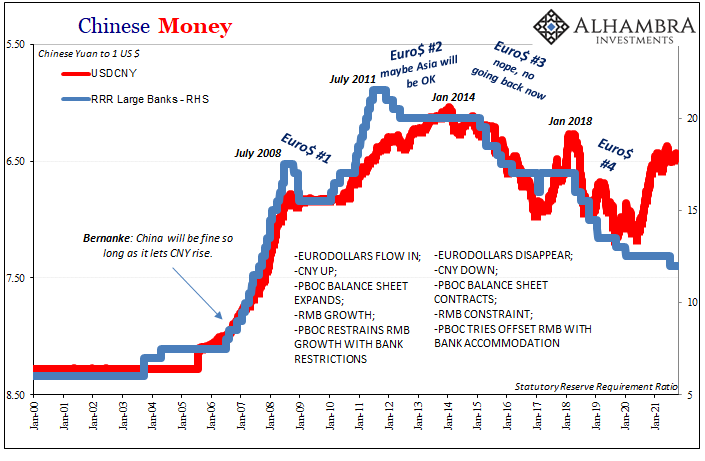

What “central banks” like the Federal Reserve actually do – and they do this exceedingly well – is manipulation. How this bureaucracy escaped from the first global dollar shortage (GFC1) with the world believing it was all or primarily about subprime mortgages is simply an amazing if dastardly feat. Not of monetary skill and proficiency, but of textbook execution for mass exploitation.
The world needs eurodollar money the Federal Reserve doesn’t have. What it does have is a polished story created from myth which conveniently, repeatedly points the finger somewhere else; everywhere else.
And if you don’t ever think too much about the specifics and the details – what do bank reserves actually do? – the last place you will go looking for answers is in low bond yields.
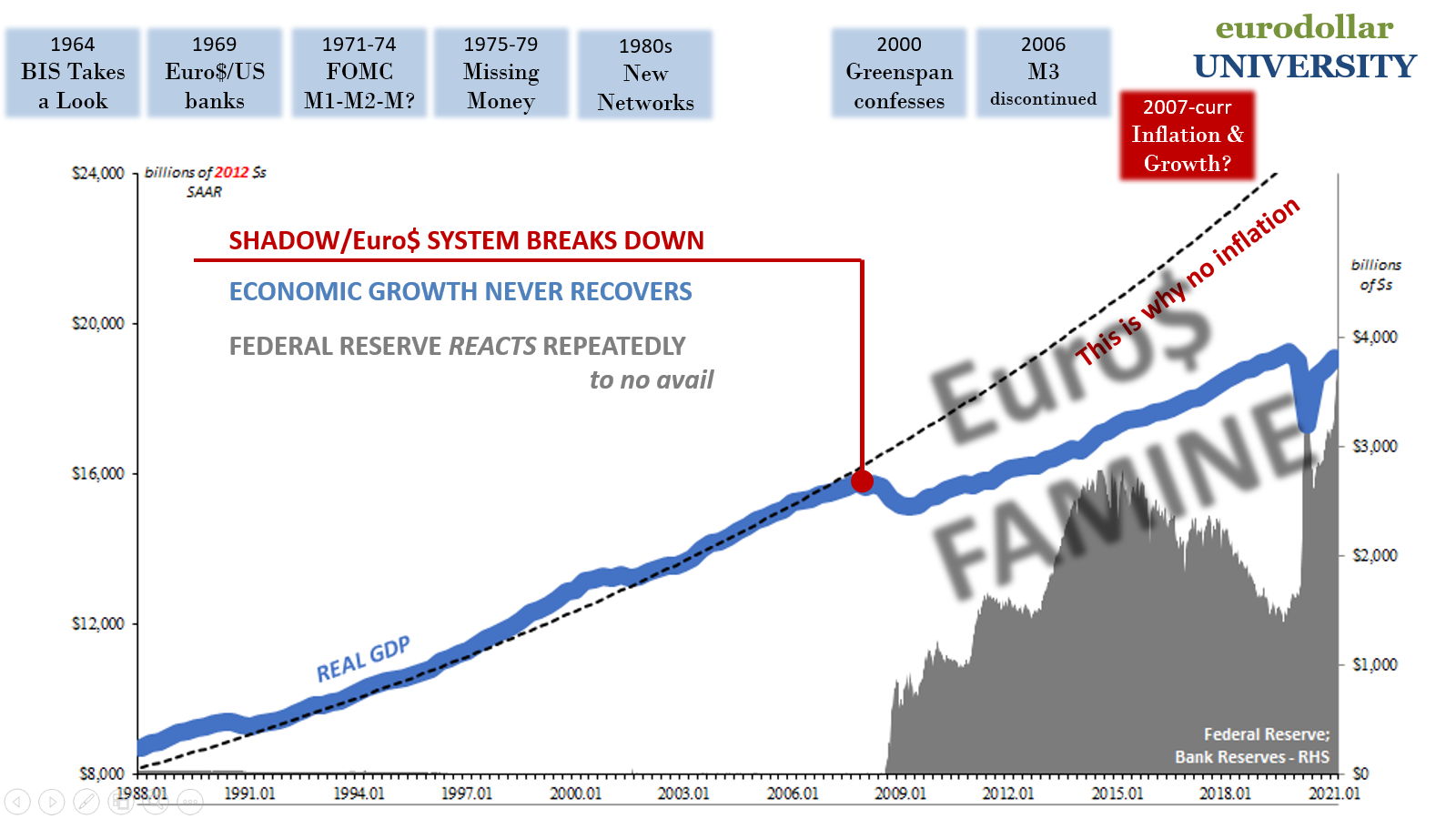
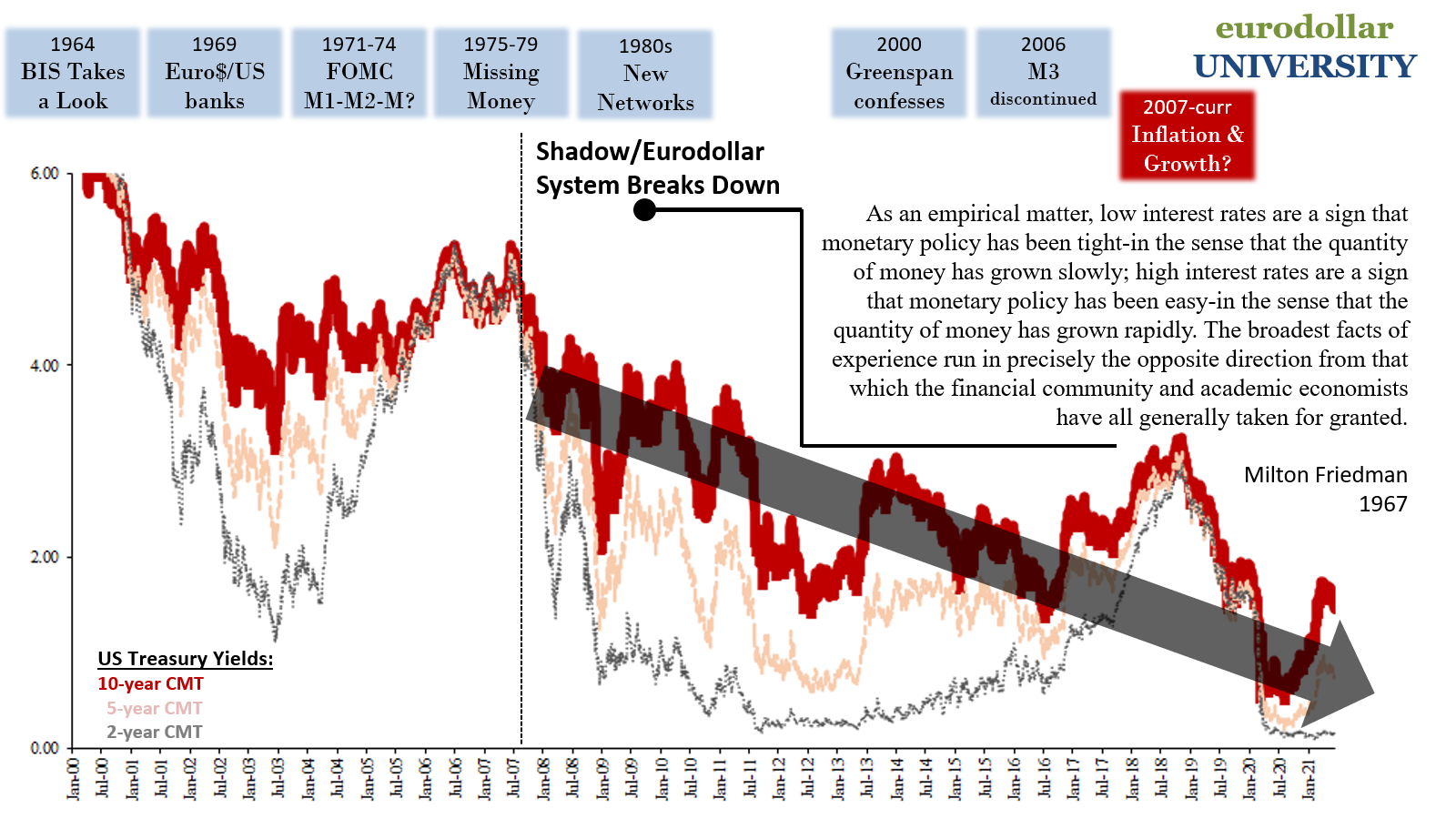
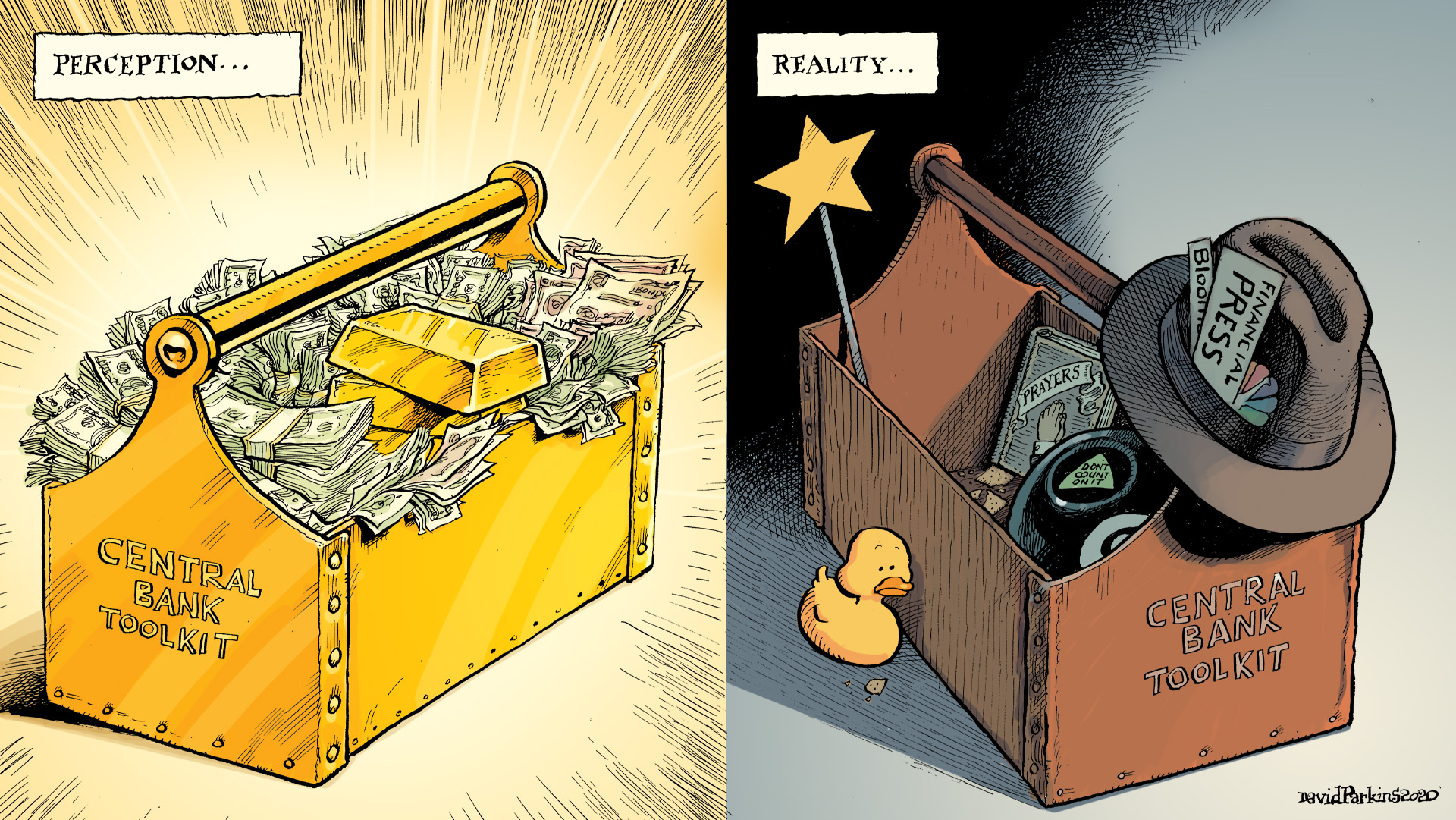
In addition to making hay from Mr. Keynes, I also made much out of a July 2015 speech given by Federal Reserve Governor Lael Brainerd. The same person who might be, maybe even likely to be, the next Fed Chairman was, at that time six years ago, thinking a little bit clearer than anyone seems to be able today. She said:
…it would not be the first time this recovery has proceeded in fits and starts. The underlying momentum of the recovery has proven relatively susceptible to successive headwinds, which have kept overall economic growth well below the average pace of previous upturns.
Bernanke had already written of the “false dawns.” Yes, but why headwinds? What, specifically, were these repeating impediments so evidently serious as to keep “economic growth well below the average pace of previous upturns?” This from Brainerd already sounds suspiciously like the Keynes quote, doesn’t it?
“If you don’t know what’s wrong, you won’t ever know what’s right.”

To this day, they don’t know. They honestly don’t. Realizing, however, that they’ve cunningly been able to just quietly move on, it remains a total mystery in public as well as private policymaking discussions. No one has ever been made to account for each of the prior inflation hysterias (2014, 2017-18) and recovery projections that always, always fail.
For over a decade, the Chinese aren’t waiting for any explanation. They’re quite deliberately, methodically preparing for Keynes’ “when but little of it is so available our wealth suffers stagnation or decline.” I’m not convinced anyone in China is that much wiser, and can accurately pinpoint everything about what’s so “little” and thus widely unavailable.
Where they absolutely do exceed the capabilities of their Western counterparts is how they haven’t lied to themselves about what’s really happening. They may not be fully able to explain the false dawns and the headwinds always in front of them, either, but they aren’t in self-denial that this will somehow (a sudden return of random good luck) just all work out in the end if we all give it enough time. It was enough time for China so, so many years ago.
Always the headwinds no matter what governments and “monetary” authorities throw out to distract from them. Even what was done in 2020.
Evergrande, therefore, a reminder of why tomorrow’s expected taper is just empty, insignificant theater. Back to September 2017…because (why not?) that’s what the dollar seems to have done in 2021:
To get money right, you have to figure out what went wrong. Why are banks in particular hoarding liquidity all over the world after ten years and so many trillions? It stands to reason that on time alone some level of normalcy would have returned by now, even if by accident or mean reversion. It suggests an active factor in the money equation, one still active today.
Active then in September 2017 and very neatly, too neatly the same in September 2021. The current incarnation of “central banks” will never, ever admit what really has been wrong, because to admit what must still be wrong would be to confess there are no central banks, actually proving this part of Keynes right yet again.
Jay Powell’s current FOMC will surely announce it tomorrow, and it will do so never once having answered for headwinds, false dawns, and the world’s true wealth repeatedly suffering under stagnation and decline. If they can’t answer for why this has been, and they can’t, why would anyone take them seriously now? This time they really mean it?
The Fed will be tapering. Who cares!!
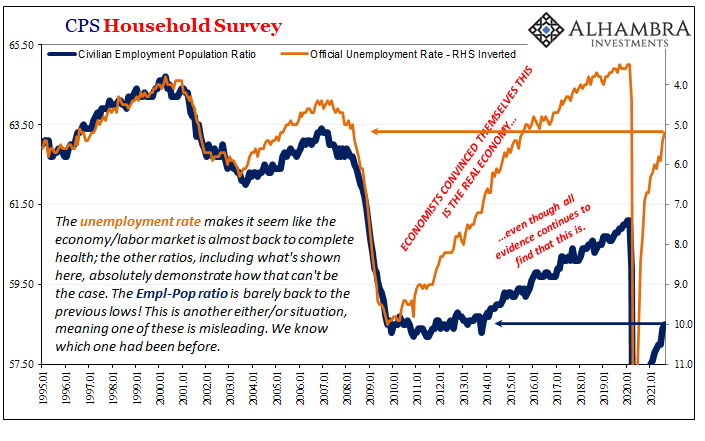



Stay In Touch